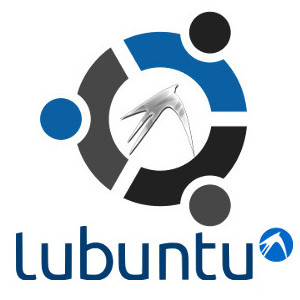CentOS is one of those operating systems in the
Linux world that are often recommended for students who want to continue their career as Linux system administrators. There is no wonder here, because
CentOS is a re-branded compilation of the corporate operating systems leader RedHat.
I wrote my last review of
CentOS almost 5 (five!) years ago, and that was
CentOS 6 GNOME. That time I complained that the only version of CentOS available for the users was GNOME.
Since then I approached
CentOS only once when I wanted to use it for my
home file server. Unfortunately, I was out of luck as
CentOS dropped support of processors without pae. That was the case for my laptop that time.
Has anything changed there? If you visit the
download section of
CentOS, you notice that first of all, there is
version 7 of CentOS now; second, Live media is available in GNOME and KDE editions. That's a bit of progress. However, you need to dig
further if you need a 32-bit version of
CentOS 7. So, if you wanted to use a rock-solid, stable, and powerful operating system to
rejuvenate your old computer and use it as a small family server, you need to be patient in your searches.
Apart from the Live version, there are Minimal, DVD and Everything ISOs. They can be used for direct installation of the
operating system. I did not check any of these, because my choice was
CentOS 7 Live KDE. You can download it directly from any of the mirrors or using torrent. The latest image is dated December 2015.
The ISO image of
CentOS 7 Live KDE is just under 1.8 Gb. I downloaded it and "burnt" onto a USB stick using the
dd command.
The USB stick is in the port of my laptop
Toshiba Satellite L500-19X. Reboot. Choose to boot from USB. Let's go!

























